Cattails In The Kitchen – Tips For Using Edible Parts Of A Cattail
Cattails are generally not thought of as food, but they are edible, whether cooked, ground up as flour or used as garnish. Learn which parts are to use before ingesting this amazing plant.
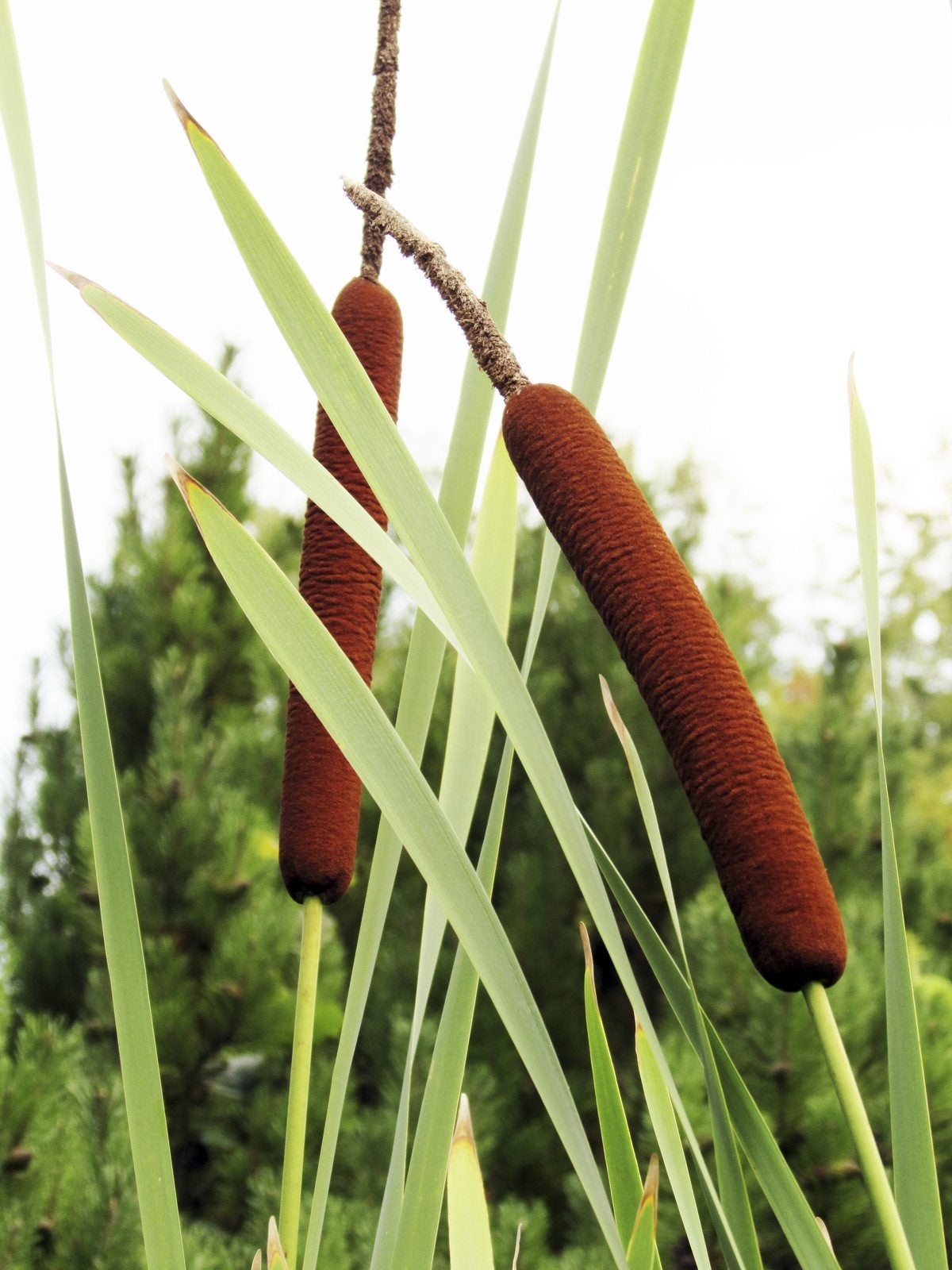
Have you ever looked at a stand of cattails and wondered is the cattail plant edible? Using edible parts of a cattail in the kitchen is nothing new, except maybe the kitchen part. Native Americans routinely harvested the cattail plant for use as tinder, diaper material, and, yes, food.
Cattail starch has even been found on Paleolithic grinding stones dating back tens of thousands of years. So what parts of cattail are edible and how do you use cattails in the kitchen?
What Parts of Cattail are Edible?
Cattails are incredibly unique looking plants and, in fact, are actually grasses. There are dozens of species found growing in the Northern Hemisphere and Australia with the largest and most common being Typha latifolia.
They can be found in some marshy areas in such proliferation it’s no wonder that ancient man discovered that the cattail plant is edible.
Many parts of these tall, reedy plants can be ingested. Each cattail has both male and female flowers on the same stalk. The male flower is at the top and the female is below. Once the male has released all of its pollen, it dries up and drops to the ground, leaving the female flower atop the stalk. The female flower looks much like a fuzzy hotdog on a stick and is commonly seen in dried flower arrangements, but that isn’t all it’s useful for.
Before the male pollinates the female in the spring, the pollen can be collected and used in combination with traditional flour to make pancakes or muffins. The cattail pollen is a great source of protein.
The female flower is green prior to pollination and at this juncture can be harvested, cooked and eaten with butter, sort of a marsh corn on the cob. The green flowers can also be used in soups or frittatas or even made into cattail flower refrigerator pickles.
Gardening tips, videos, info and more delivered right to your inbox!
Sign up for the Gardening Know How newsletter today and receive a free copy of our e-book "How to Grow Delicious Tomatoes".
Additional Edible Parts of Cattail Plants
Young cattail shoots and roots are also edible parts of cattail plants. The young shoots are found once the outer leaves are stripped and can then be used stir fried or sautéed. They are referred to as Cossack asparagus, although the tender, white shoots taste more like cucumbers.
The tough, fibrous roots can also be harvested. They are dried and ground into flour or boiled down with water to separate the starch. The starch is then used much like corn starch to thicken gravies and sauces.
Care should be taken when using the edible root parts of a cattail, however. They act as a filtration system for the plant and, if in polluted water, will absorb those pollutants which could then be passed along to you as you ingest them.
All in all, cattails may be the perfect survival food. They are also easy to harvest and a supply can be laid aside for later use as well as for medicinal purposes, clothing and shelter - altogether a truly remarkable plant.

Amy Grant has been gardening for 30 years and writing for 15. A professional chef and caterer, Amy's area of expertise is culinary gardening.
-
 Terrifically Tubular Flowers For Hummingbirds: 9 Tube-Flowered Plants To Attract Hummers
Terrifically Tubular Flowers For Hummingbirds: 9 Tube-Flowered Plants To Attract HummersGrowing tubular flowers for hummingbirds helps you create the optimum feeding conditions for your winged friends. Here are nine tubed delights for hummers
By Tonya Barnett
-
 How To Grow Hydroponic Tomatoes For Fresh Indoor Harvests – No Soil Required
How To Grow Hydroponic Tomatoes For Fresh Indoor Harvests – No Soil RequiredLearning how to grow tomatoes in water is easy and allows you to harvest fresh-home-grown produce in every season without any mess.
By Ellen Wells
-
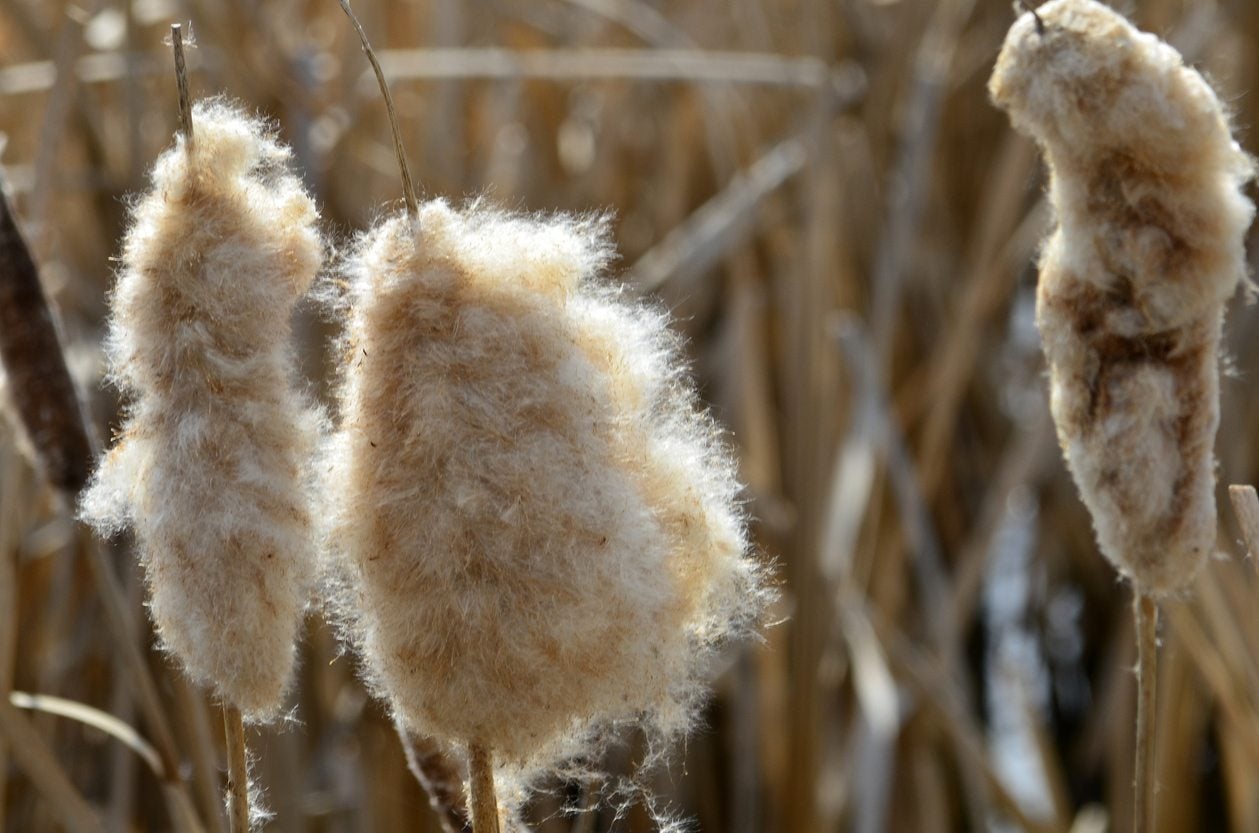 What To Do With Cattail Seeds: Learn About Saving Cattail Seeds
What To Do With Cattail Seeds: Learn About Saving Cattail SeedsCollecting cattail seeds and planting them successfully requires timing and the right conditions. Read this article to learn what to do with cattail seeds and how to propagate this plant with a long history of use. Click here for more information.
By Bonnie L. Grant
-
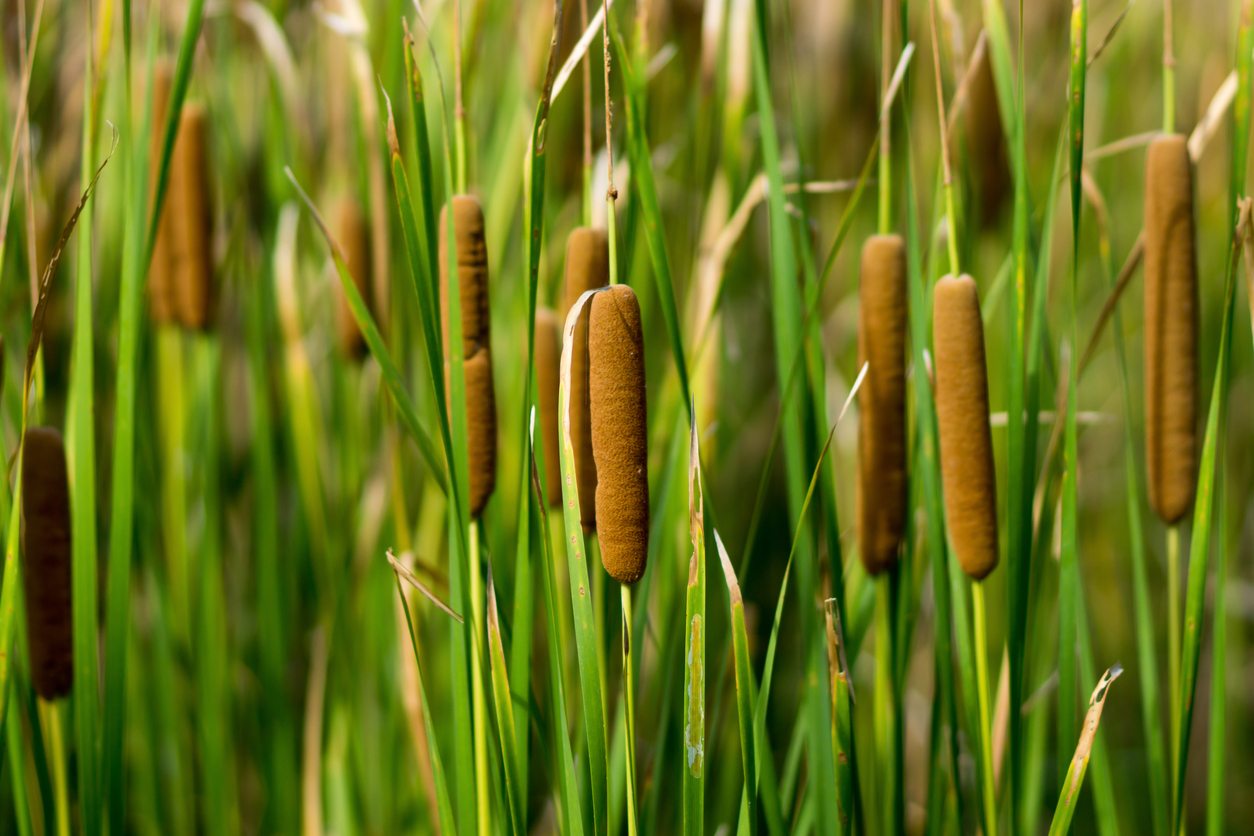 Uses For Cattail Plants: Information On Mulching With Cattails
Uses For Cattail Plants: Information On Mulching With CattailsCattails are notorious for being aggressive. On the plus side, they are one of the best natural filters for ponds, lakes, streams, etc., taking up valuable nutrients that can be used as soil amendments and mulch. Learn about mulching with cattails here.
By Darcy Larum
-
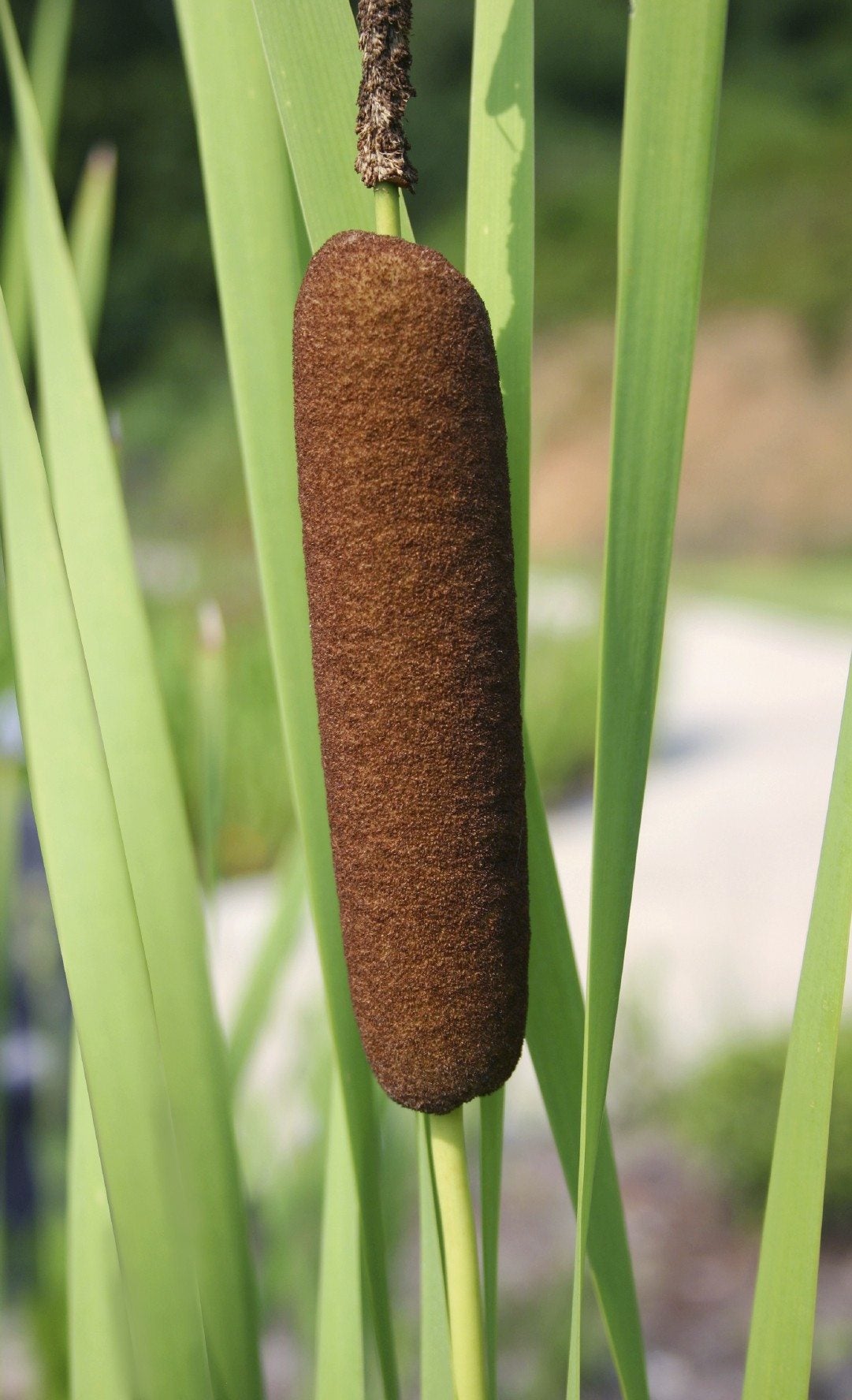 Cattail Harvesting: Tips On Harvesting Wild Cattails
Cattail Harvesting: Tips On Harvesting Wild CattailsDid you know wild cattails were edible? Yes, those distinctive plants growing alongside the water's edge can easily be harvested. Sound intriguing? Find additional information in this article and learn more about what cattails are used for.
By Gardening Know How
-
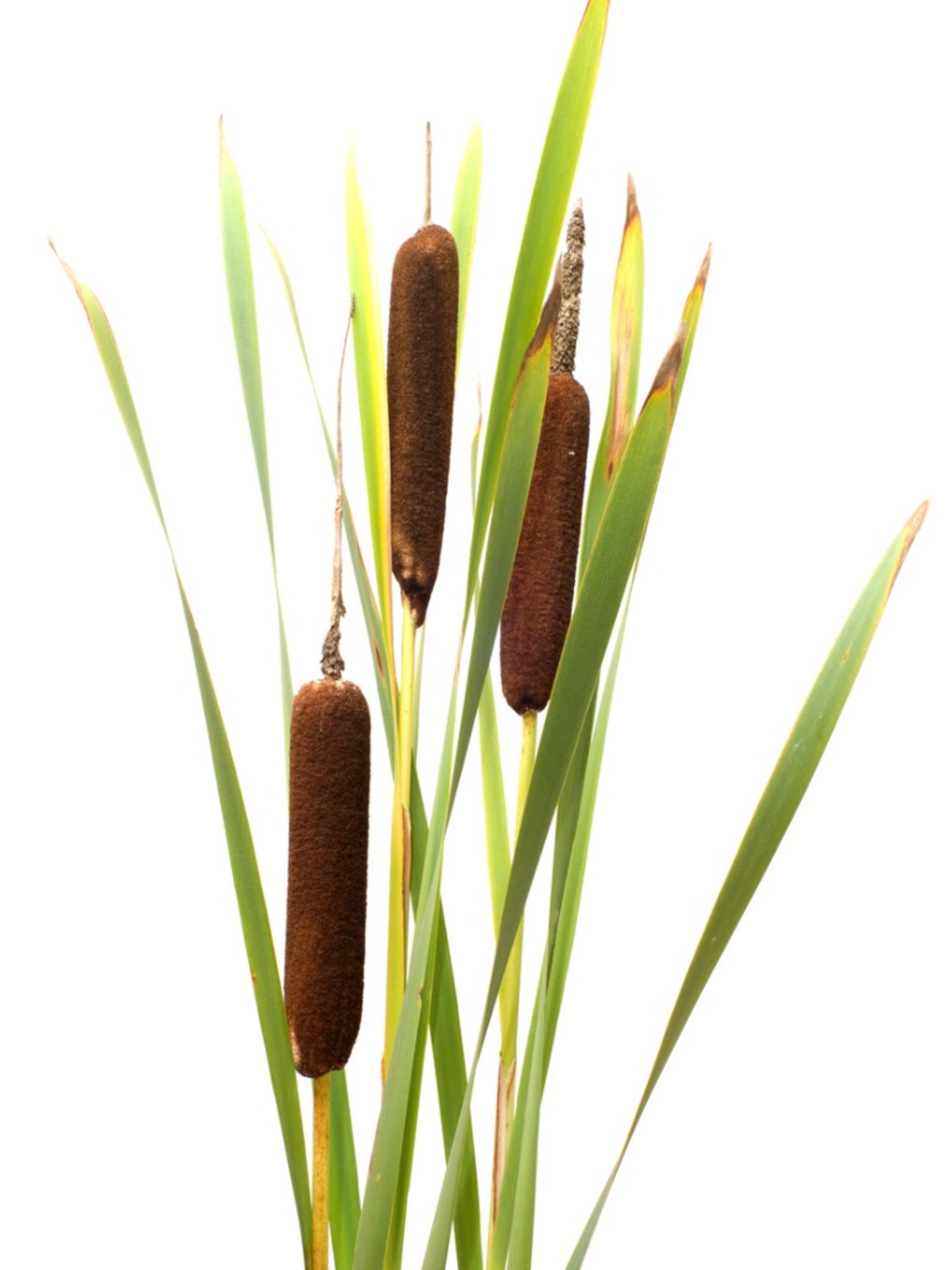 Container Cattail Care: Tips For Growing Cattails In Pots
Container Cattail Care: Tips For Growing Cattails In PotsContainer cattail care is easy in most zones and produces a memorable display for almost the entire year. Learn more about growing cattails in pots in this article so you can enjoy these plants.
By Bonnie L. Grant
-
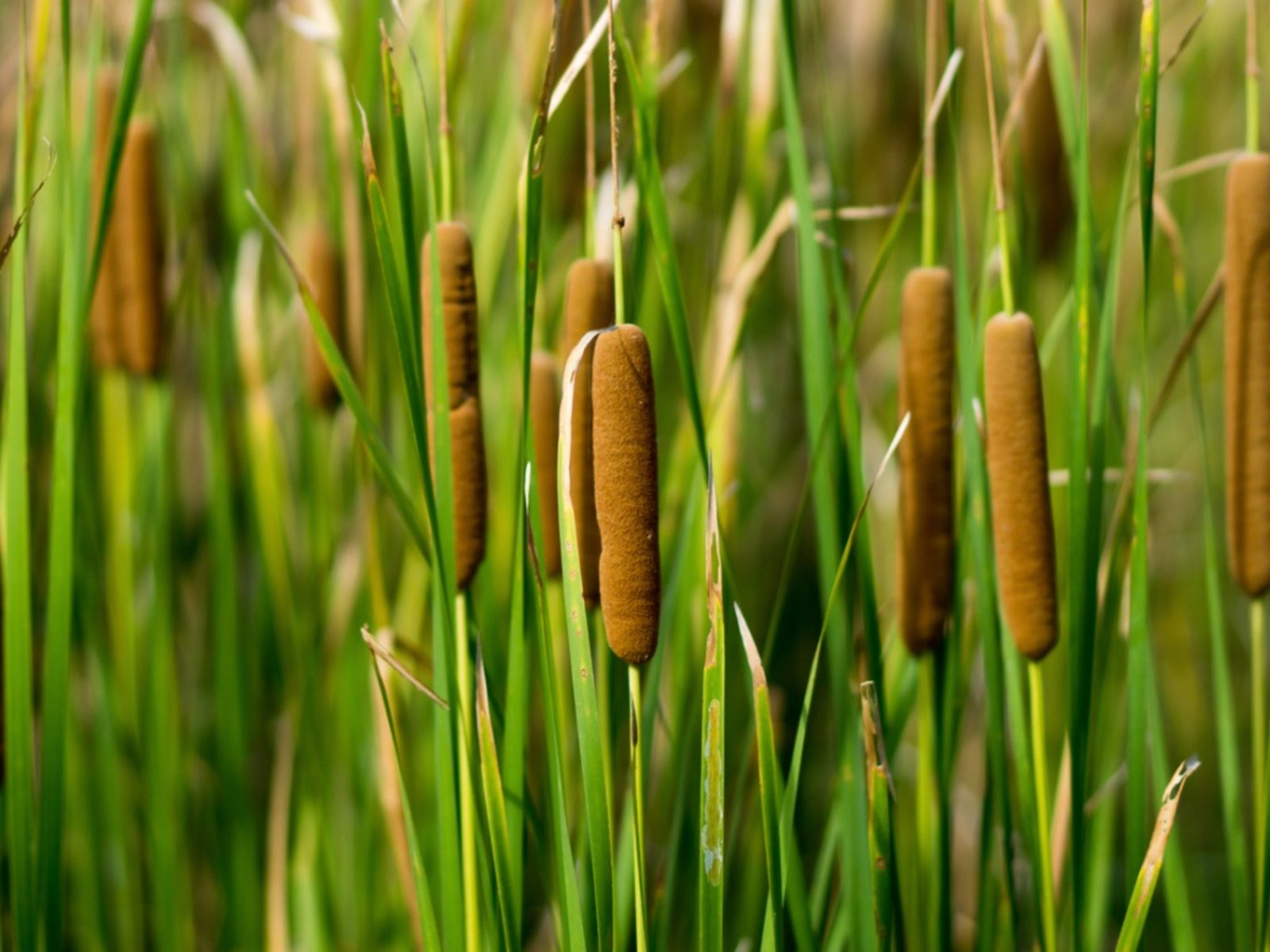 Tips On How To Control Cattails For The Pond
Tips On How To Control Cattails For The PondBy Jackie Rhoades